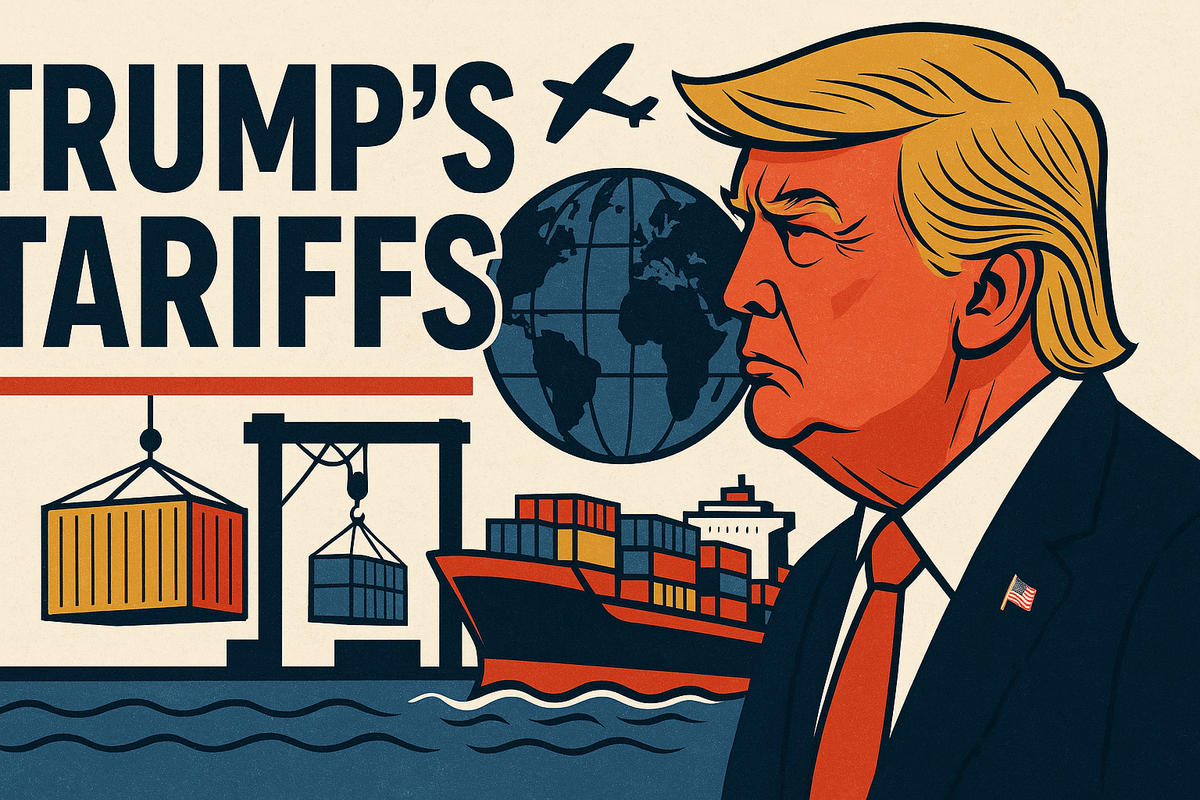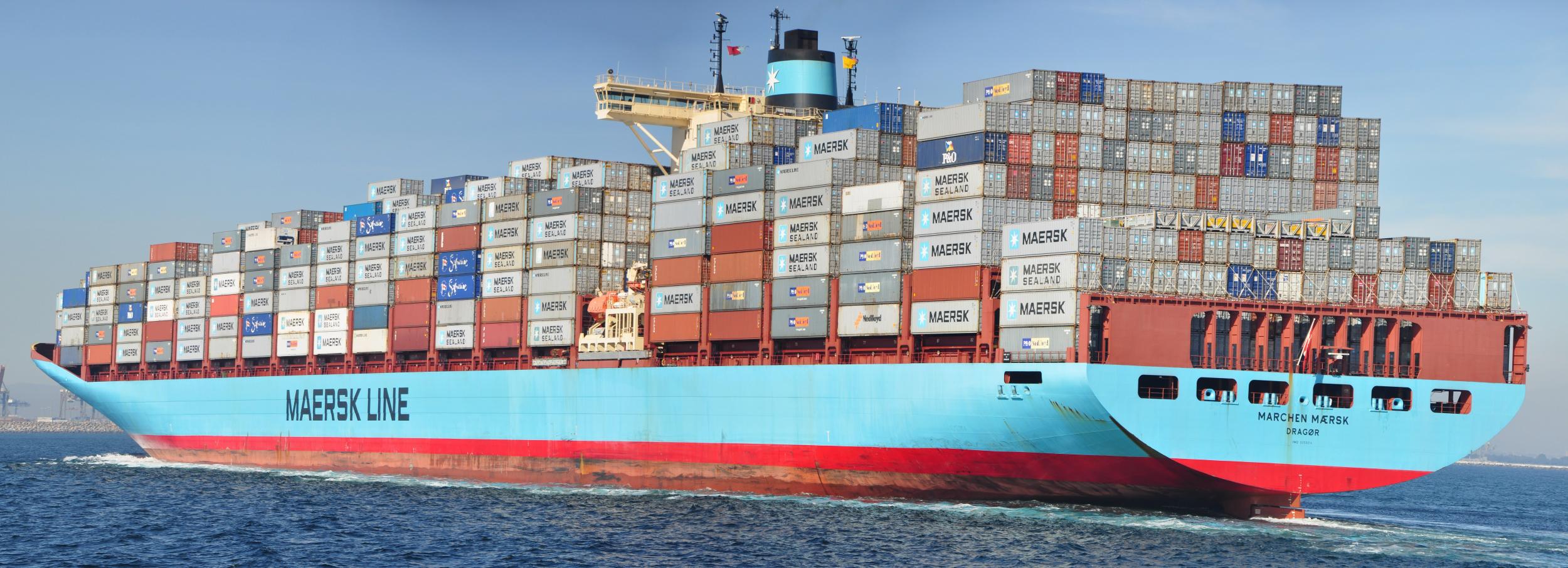At 12:01 AM on April 9, 2025, the U.S. officially implemented “reciprocal tariffs” on Chinese imports, raising the cumulative tariff rate to 104%—on top of the previously existing 25% tariff. While the White House announced a 90-day deferral of new tariffs for certain countries, tariffs on Chinese goods remain at high levels.
Amid this, rumors of a 400% tariff gained traction after Shark Tank investor Kevin O’Leary publicly advocated for such a move, claiming it would “level the playing field” and put pressure on China. However, this proposal has not been adopted, and official tariffs remain between 104% and 125%, with no indication of a 400% rate being implemented.

E-cigarette devices and accessories have been directly affected by the new tariff hikes. With the base rate of 2.86%, the additional 25% Section 301 tariff, and the newly added 50% reciprocal duty, the total cost burden has surged to nearly 78%. This has split the market response into two clear strategies:
Grey-clearance channels: Products are declared under vague or adjacent categories such as “atomizer components,” allowing companies to save over 10% in tariffs. This is widely used by small and medium-sized enterprises seeking short-term cost efficiency.
Full-compliance channels: Companies strictly declare their products under the proper e-cigarette HS codes, bearing full tax rates and significantly higher logistics costs, which now make up as much as 80% of the product value.
As U.S. customs increase inspection efforts, the industry anticipates that grey-clearance channels may face retroactive penalties and will eventually be phased out.
Logistics providers have begun adjusting rates following the tariff increase. According to industry sources, sea freight has increased from ¥19/kg to ¥21/kg, and air freight from ¥55/kg to ¥57/kg. Although the tariff hike added ¥8/kg in costs, the off-season drop in head freight offset this by approximately ¥6/kg, resulting in a net increase of only ¥2/kg.
However, with Prime Day in May and the holiday season approaching, shipping costs are expected to rise further. The balancing effect between sea and air transport costs will gradually diminish. Experts recommend building flexible supply chains and staying updated on customs policy changes to avoid disruptions.

To cope with rising costs and uncertainty, leading Chinese e-cigarette manufacturers have begun relocating parts of their production to Southeast Asia. Indonesia, with a 2.6% tariff rate on e-cigarette products and restored trade privileges, has rapidly become the second-largest exporter of vapes to the U.S. after China. However, some countries in the region have expressed reluctance to become transit hubs for tax avoidance, discouraging simple relabeling practices.
Despite calls to reshore manufacturing, building a “Made in USA” vape supply chain remains impractical in the short term. While the U.S. government proposes lowering corporate tax rates to attract manufacturers back, China’s mature supply chain and cost advantages are hard to replicate.
In addition to tariffs, regulatory pressure is mounting. The FDA and the Department of Justice have launched joint enforcement campaigns targeting unauthorized flavored disposable vapes. In recent months, millions of dollars worth of illegal products have been seized. Currently, only 34 e-cigarette products have been granted market approval, all owned by major international tobacco firms.
Meanwhile, companies like BAT and Altria are actively lobbying for stricter enforcement against illegal Chinese imports and urging the FDA to accelerate the PMTA review process, seeking to defend their market dominance.
With rising tariffs, strict regulations, and the looming threat of even harsher measures, the e-cigarette industry is entering a new era of upheaval. While large, well-funded enterprises may thrive on compliance and capital strength, smaller players must adapt quickly—through diversified supply chains, relocation strategies, and tighter regulatory adherence. As industry insiders say, “Only those who survive this storm will secure a place in tomorrow’s market.”